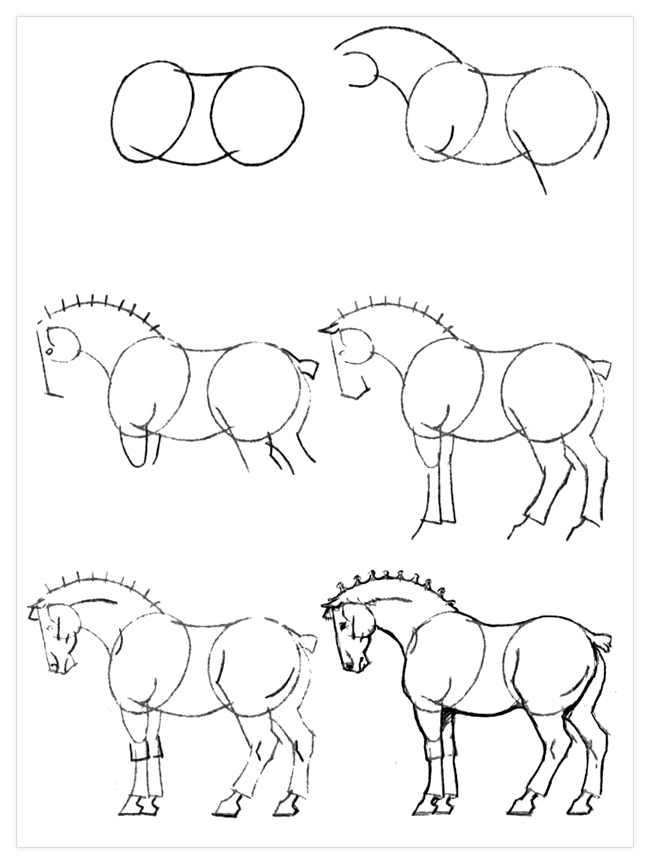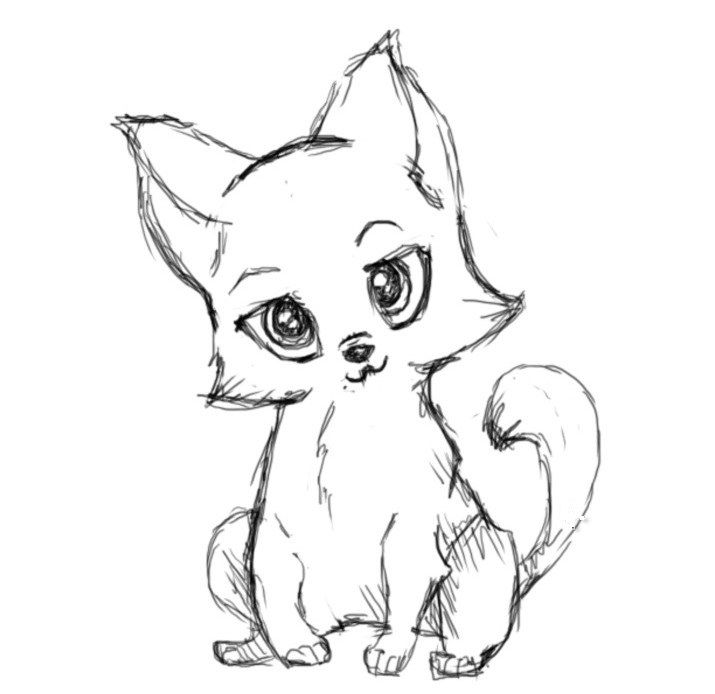We offer our novice artists some useful tips from sketch maker Rob Miller.
Is drawing a skill or talent? This question remains an ongoing discussion, to which there is no concrete answer. There is no doubt that a person’s gift is revealed throughout their life as part of the creative art. However, no one is magically born with the ability to create masterpieces.
Of course, meticulous progress in mastering the technique of artistic skill – acquired skill, it can be developed and practiced. There are countless examples of people with small advances in this direction, which as a result of efforts on themselves became famous artists-designers, graphic artists or sculptors.
Talented or not, you must spend some time learning and practicing before you can start creating mind-blowing works. So be patient and read a dozen tips that can help you become the best at what you do.
10 tips to get a good drawing and prep for gre drawing
Tip 1: Identify yourself
You need a reality check. Evaluate your skill level and accept that you are still a beginner. And you tend to make mistakes.
Learning is a process of constant failures, ups and downs. Get ready to do sloppy work. When 20 drawings in a row don’t work, there’s nothing wrong with it, it’s okay. You still continue to create. You have time to observe, research, analyze what you’ve done.
Tips 2: Practice
Repetition is the mother of teachings. It is the mantra of all artists. It’s true for every skill. Set yourself a goal to train every day. If you do not have time to draw, try to observe, use different media, study the lighting or compositions.
Drawing and practice improve not only technical skills, but also perception. After a while you will usually start to notice what is wrong with your drawings. How fast prep for gre drawing.
Tip 3: Eye Training
Exercise: Observe and draw
Ask any artist, and he will tell you that observation is key to drawing. Many times we feed it to convey an object, and on paper it turns out something else. This is because we release imaginary images of things that interfere with what is actually visible.

The purpose of this training is to learn to let what we see through as an artist. Think carefully about your environment; think about the images you want to embody. Try to look for similarities and differences between objects. Try to understand them in your mind and observe the proportions.
I have been observing for some time now. And now what?
First of all, notice that this is a continuous training, requiring more than one hour or day to change your point of view and see the results.
Going on to the practical part, put your impressions into action, filling in an album wherever you go. Next step: just draw it. All the time. Without erasing. Without stopping. Resisting the desire to create something beautiful or complete.
Through continuous research and sketches, your interest in life becomes apparent. You will willingly experiment with different forms.
Another important borderline is the time span. Being in a particular place for a short time, you will want to try to capture a moving object. This puts you under the pressure of a quick sketch, and then the next piece of advice will come to your aid.
Tip 4: Mind training
Exercise: Break it down.
Introducing one of the most famous ways among beginner draftsmen. However, it has some bad reputation, where some students find it boring and do not produce complete drawings. But believe me, this is a useful opportunity to improve your skills.
All you have to do is try to break down every object or collection you see into basic geometric figures. Don’t rush into contemplation of objects, try to imagine a scene arranged in separate forms. Once it is clear in your mind, start drawing.
This tactic will help you sketch out a structured outline that you can build later. If you have ever wanted to draw something and are stuck in the “where to start?” phase, this training is a fix.
The goal is to make you realize the whole image in a fragmented way and improve your visual perception of three-dimensional dimensions. It’s like building a building out of bricks, folding them gradually.
How do you train?
Draw a still life using fragments. Create it with, for example, utensils from your home; bottles, coffee pots or cups. Anything you find interesting. Feel free to manipulate, customize things according to your needs. Collect a composition. Put what you see on paper with small sketches!
Tip 5: Manual training
Exercise: Gesture drawing
You probably stumbled across some gesture sketches once. For those who are not familiar with them, this is a quick drawing that captures a significant gesture/movement in a short period of time.
The attempt will seem careless and unfinished. Don’t worry, it has to be. Priority is given to sketches. Save the details for later.
This applies best to moving objects; people or animals. We don’t care about proportions or similarities here. We’re trying to capture the action; what the subject does, not what he looks like. A common practice is to imagine an axis that plays the role of an impact line to center the movement around it.
Bottom line: 10 to 20 minutes of this technique every day can benefit your skills, as well as help you do a lot of work in understanding the human form and range of the moving object.
Tip 6: Easy workout
Exercise: Explore the value scale.
When artists refer to “value”, they mean how light or dark color is. In this case, light plays an important role, it defines how we see things.
Start drawing your own scale of values using a pencil to experiment.
There are two ways to practice here:
First, try drawing using shadows to notice the interaction of light flow with objects. Online gre course drawing.
Second, move the light source from different angles to see how it affects the appearance of the object.
This can be difficult at first glance, but you have to be patient. Shading is an indispensable tool for the drawer. Gradually it will be intuitive for you to understand.
Tip 7: Coordination Training
Exercise: Drawing with a continuous line
The uninterrupted linear drawing is a well-known technique among artists. This experiment focuses on the coordination skills of the hands and eyes. The rule is that once you touch a pen with paper, you do not remove it until you have finished drawing.
Try to do your best to capture the object. Of course, restricting one line makes it difficult to get the right. Choose an object with clearly defined curves to make the whole process easier for you.

Tip 8: Differentiation of textures
It’s a bit of an advanced and unconventional technique. You don’t want the texture of human skin to look like a metal surface, but you may have had difficulty drawing hair or drawing leaves of grass before.
You can try to copy various objects in your home. Let’s look at the visual changes: wood, fabric, glass or metal. Another common practice is rubbing against paper with a piece of aluminium foil or something else. This is called Frottage (derived from the French word for “rubbing”).
Tip 9: Take a class
If you are seriously passionate about drawing, it will not hurt to register for classes or workshops to continue your studies. They will help you in a short time not only to master the basics, but also to advance professionally.
Expert eye, closely watching you, will point out your mistakes and tell you how to fix them.
If you cannot afford paid education, look for online courses or YouTube tutorials. Although they do not have an interactive part, they will help you decide the direction.
Tip 10: Speed of drawing
Give yourself a limited time of 30 to 60 seconds to create an entire song. First, you may be obsessed with small doodles that won’t fit in such a short time.
Practice will help you focus on the main details right away. This way you’re more likely to find out in the end what you need to do first, rather than donate, what’s important and what’s secondary.
Resources to start painting
We recommend the Strathmore 400 Series Colored Pencil Pad as a starting sketchbook for sketches. This slightly textured sketchbook will be a good companion for your study trip. The paper has a smooth texture, but is thick and durable.
It’s best used with pencils, charcoal or watercolours. Sharps or similar pens can leak through paper. We recommend them for your daily artistic practice.


